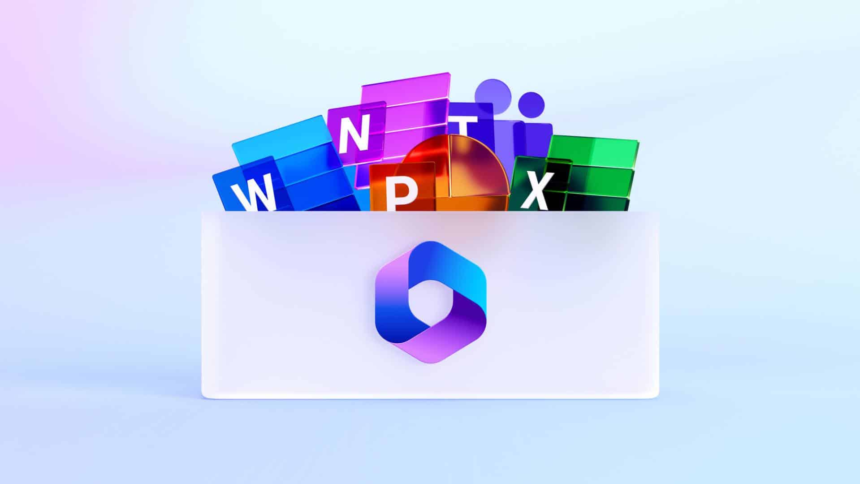Introduction
If you are reading this article, it means that you are keen to work on Microsoft Copilot within your organization, you know its benefits, but are looking for support on how to kick start this journey.
In this comprehensive guide, I will walk you through the steps to get started with this powerful tool. Whether you are a business leader looking to optimize operations or a tech enthusiast eager to explore the latest innovations, Microsoft Copilot has something to offer for everyone. By the way, AI market expected to grow to $252.50 billion by 2024 (MarketsandMarkets).
The focus of this article is to show you how to approach this requirement, the steps you need to follow and some of the considerations needed, to be successful.
Understanding Microsoft Copilot’s Capabilities
Microsoft Copilot stands at the forefront of AI-driven solutions, marking a significant leap in the realm of digital transformation for organizations. 37% of organizations have implemented AI, up 270% in four years (Gartner).
This platform is engineered to empower businesses by harnessing the power of artificial intelligence, thereby revolutionizing how operations are managed, decisions are made, and growth is pursued. At its core, Copilot integrates predictive analytics, which forecasts trends and behaviors, enabling businesses to be proactive rather than reactive.
Furthermore, its natural language processing capabilities allow for more intuitive interactions between humans and computers, facilitating an understanding of human language within a computational context. This aspect is instrumental in analyzing unstructured data and extracting meaningful insights, which in turn, can streamline customer service, content creation, and various other processes.
Machine learning, another pivotal feature of Microsoft Copilot, enables the system to learn from data patterns and improve over time without being explicitly programmed for every new scenario. This aspect of Copilot’s technology stack not only enhances its decision-making prowess but also makes it adaptable to the evolving needs of a business.
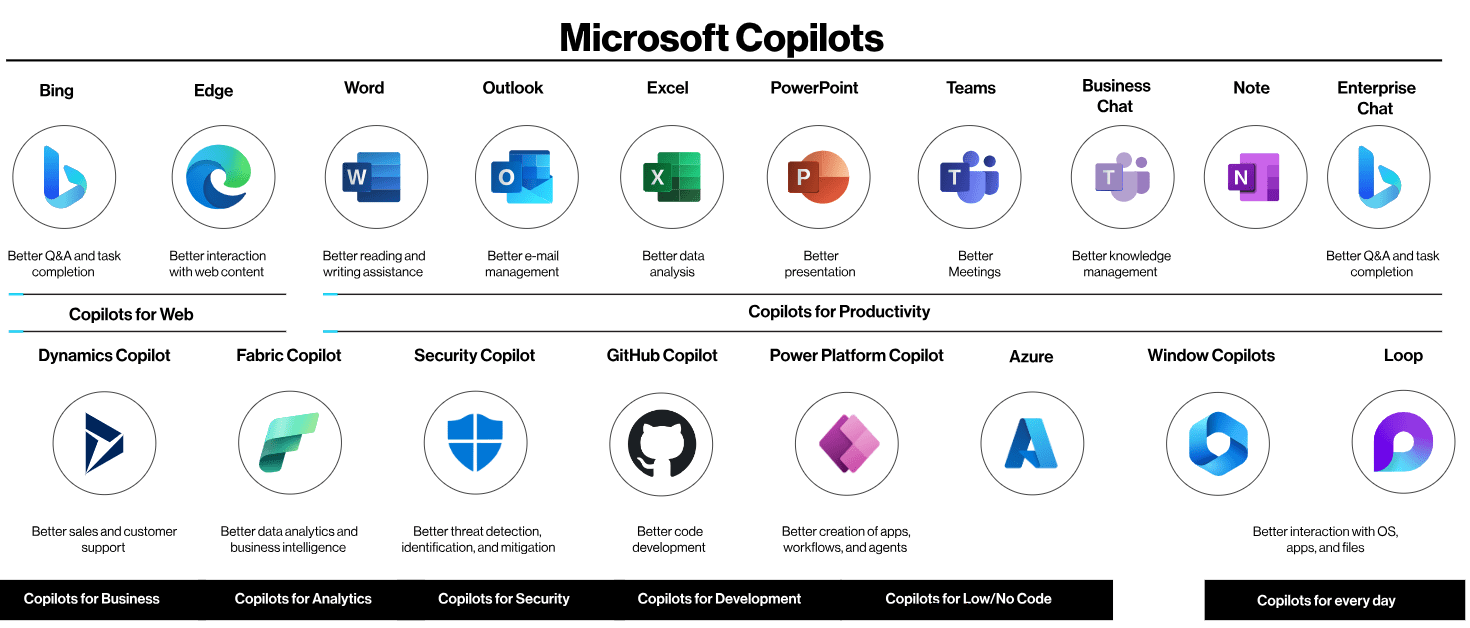

Together, these capabilities signify Microsoft Copilot’s potential to transform data into actionable intelligence, making it an invaluable ally in the pursuit of operational efficiency and strategic innovation. By leveraging Copilot, organizations can navigate the complexities of today’s digital landscape more effectively, ensuring they remain competitive and responsive to changing market dynamics.
In harnessing the capabilities of Microsoft Copilot, businesses stand to gain a strategic advantage, propelled by AI-driven insights and automation. So your question again – How to get started with Microsoft Copilot? Let’s dive in to understand how to be successful when experimenting with Microsoft Copilot.
Engaging with Copilot is not just about adopting a new tool; it’s about embracing a future where data and AI converge to redefine what’s possible for businesses ready to lead in the digital age.
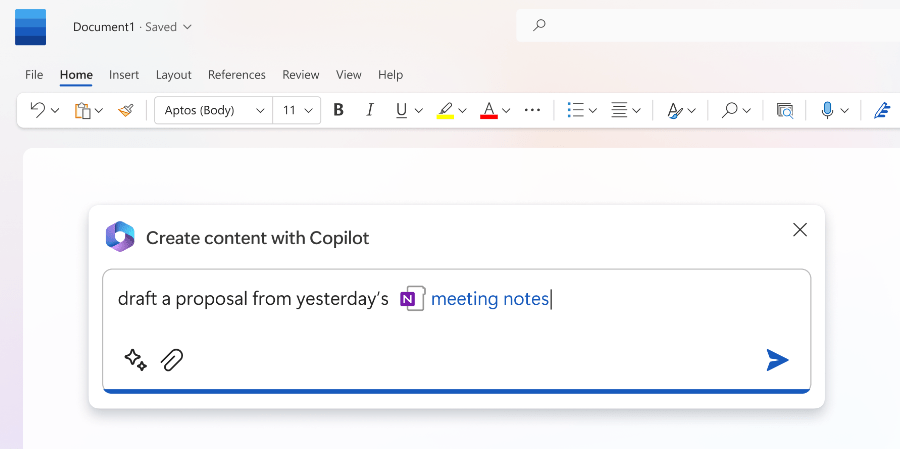
Understanding Microsoft Copilot’s Capabilities
| Capability | Details |
|---|---|
| Predictive Analytics | Forecasts trends and behaviors, enabling proactive decision-making. |
| Natural Language Processing | Facilitates intuitive interactions and analyzes unstructured data for meaningful insights. |
| Machine Learning | Learns from data patterns to improve decision-making and adaptability. |
| Operational Benefits | Transforms data into actionable intelligence, improving efficiency and driving innovation. |
| Business Impact | Enhances productivity, fosters innovation, and drives sustainable growth. |
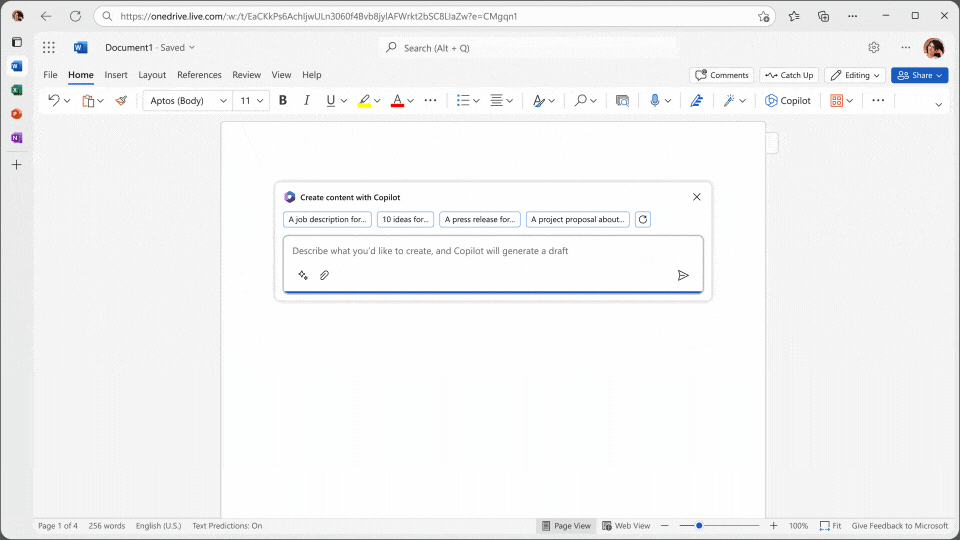
How to get started with Microsoft Copilot and assess Your Organization’s Readiness
Embarking on the journey of integrating Microsoft Copilot into your organization’s digital landscape necessitates a thorough evaluation of your readiness to embrace this transformative technology. This preliminary assessment is pivotal, laying the groundwork for a successful implementation and ensuring that your organization can fully leverage the benefits that Copilot offers.
- Begin by scrutinizing your existing technological infrastructure. Copilot’s advanced AI capabilities require a robust and scalable infrastructure to perform optimally. Evaluate whether your current systems can support the seamless integration of Copilot, including the requisite computational power and data storage solutions. Should gaps exist, developing a roadmap to bolster your infrastructure is essential.
- Next, the quality and accessibility of your data must be examined. Copilot’s efficacy is directly tied to the quality of data it can access. Assess the cleanliness, structure, and comprehensiveness of your data repositories. Ensuring that your data is well-organized, current, and of high integrity will enable Copilot to generate the most accurate and impactful insights.
- Another critical facet to consider is your organizational culture. The adoption of AI-driven solutions like Copilot necessitates a culture that is agile, innovative, and receptive to change. Gauge the readiness of your team to embrace new technologies and adapt to the enhanced workflows and processes that Copilot will introduce. Cultivating a mindset that values continuous learning and innovation among your staff will facilitate smoother adoption and integration of Copilot.
- Additionally, assess the existing skill set within your organization. Determine if your team possesses the requisite skills to leverage Copilot effectively or if there is a need for targeted training programs to bridge skill gaps.
In Summary
How to get started with Microsoft Copilot? Please, please, please assess your organization’s readiness for Microsoft Copilot involves a comprehensive review of your infrastructure, data quality, organizational culture, and skill sets. This needs to be done before you start working on the project.
The assessment is not merely a preliminary step but a strategic measure to ensure that your organization is primed to harness the transformative potential of Copilot, thereby setting the stage for a successful digital transformation journey.
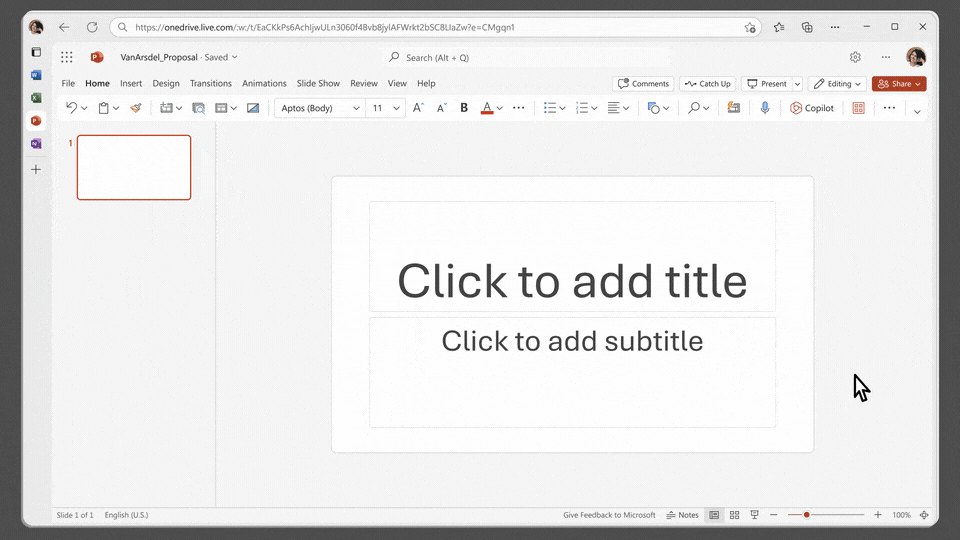
Assessing Your Organization’s Readiness
| Area | Details |
|---|---|
| Infrastructure | Ensure robust and scalable infrastructure for seamless Copilot integration. |
| Data Quality | Assess cleanliness, structure, and comprehensiveness of data repositories. |
| Organizational Culture | Cultivate an agile, innovative, and receptive culture for AI adoption. |
| Skill Sets | Determine existing skills and identify training needs. |
Setting Clear Objectives for Copilot Integration
When starting on a project of integrating Microsoft Copilot into your organizational framework, establishing well-defined objectives and key performance indicators (KPIs) is paramount. These goals should not only reflect your overarching strategic ambitions but also serve as a beacon, guiding your implementation journey towards tangible outcomes. Whether your focus is on elevating customer experience, streamlining operational workflows, or accelerating revenue growth, having explicit targets in place is essential.
Crafting these objectives requires a strategic alignment with your business’s core mission and an in-depth understanding of the areas where Microsoft Copilot can wield the most significant impact. For instance, if enhancing customer satisfaction is a priority, consider how Copilot’s advanced analytics and natural language processing capabilities can personalize customer interactions and predict service needs before they arise. Similarly, if operational efficiency is the goal, explore how Copilot can automate routine tasks, freeing up your workforce to focus on higher-value activities.
Moreover, the establishment of KPIs is critical in this phase. These metrics will not only benchmark progress but also furnish insights into Copilot’s effectiveness and ROI. KPIs should be SMART (Specific, Measurable, Achievable, Relevant, and Time-bound) to ensure they accurately reflect the progress towards your stated objectives. For example, if improving customer service is an objective, relevant KPIs might include reduced response times, increased first contact resolution rates, or improved customer satisfaction scores.
It is crucial that these objectives and KPIs are communicated clearly and concisely throughout your organization. Garnering buy-in from all levels ensures that your team is unified in its pursuit of these goals and understands the role Microsoft Copilot plays in achieving them. This strategic groundwork not only prepares your organization for a successful Copilot integration but also sets the stage for continuous improvement and innovation in the digital landscape.

Setting Clear Objectives for Copilot Integration
| Objective | Details |
|---|---|
| Customer Experience | Use Copilot’s analytics and NLP to personalize interactions and predict service needs. |
| Operational Efficiency | Automate routine tasks to free up workforce for higher-value activities. |
| KPIs | Set SMART KPIs to benchmark progress and measure Copilot’s effectiveness. |
Choosing the Right Implementation Partner
When venturing into the integration of Microsoft Copilot within your organization, the selection of an adept implementation partner is not merely an operational decision; it’s a strategic one that could significantly influence the trajectory of your digital transformation journey.
What should you expect from a partner who will support your Microsoft Copilot initiatives?
- The ideal partner embodies a blend of deep technical expertise in AI technologies, a robust portfolio of successful Microsoft Copilot deployments, and a keen understanding of your industry’s unique challenges and opportunities.
- This partner should exhibit a proven capacity for not only navigating the complex landscape of AI-driven solutions but also for tailoring these solutions to align with your organizational objectives.
- Their track record should reassure you of their ability to foresee potential roadblocks and effectively mitigate them, ensuring a smooth integration process.
- Look for a partner who prioritizes a collaborative approach, one that values your insights and is committed to working closely with your team to customize Copilot’s deployment to best meet your needs.
- Beyond technical prowess and project success rates, consider the cultural fit between your organization and the potential partner. The integration of Microsoft Copilot is as much about technological adoption as it is about embracing a culture of innovation and continuous improvement.
- Your chosen partner should champion these values, facilitating not just the technical integration of Copilot, but also assisting in the cultural shift towards an AI-forward mindset across your organization.
- Furthermore, the capacity of a partner to provide ongoing support post-implementation is crucial. As your organization evolves and as Microsoft Copilot continues to advance, having a partner that offers support, training, and continuous improvement initiatives ensures that your organization remains at the cutting edge of AI capabilities.
In essence, selecting the right implementation partner is a critical step in ensuring that Microsoft Copilot becomes a transformative force within your organization, catalyzing efficiency, innovation, and growth. The chosen partner should not only have the technical capability but also a shared vision for what your organization can achieve with Copilot at the helm of your digital strategy.
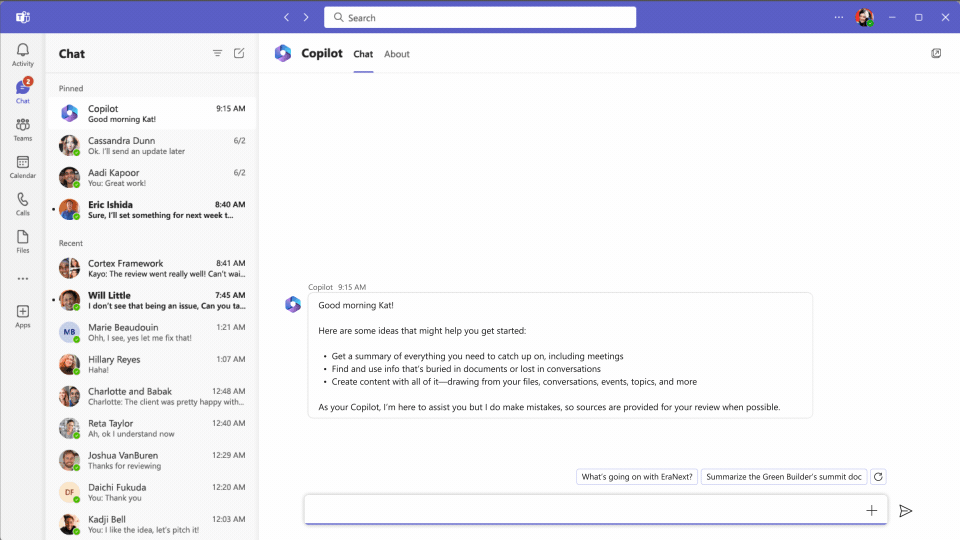
Choosing the Right Implementation Partner
| Criteria | Details |
|---|---|
| Technical Expertise | Ensure the partner has deep technical knowledge of AI technologies. |
| Cultural Fit | Find a partner that values innovation and continuous improvement. |
| Ongoing Support | Choose a partner that offers post-implementation support and continuous improvement initiatives. |
Developing a Phased Implementation Plan
The journey towards fully integrating Microsoft Copilot into your organization’s operational framework demands a methodical and phased approach. This ensures that the transition not only aligns with your strategic objectives but also provides a scaffolded path for your team to adapt, learn, and optimize the use of Copilot in driving business outcomes.
- Select a department or process: Initiate this process by identifying a pilot project or department where Copilot’s impact can be measured in a relatively controlled and concise environment. This phase should be designed as a proof of concept, demonstrating how Copilot can address specific challenges or enhance productivity within a targeted scope. The selection of this pilot area should be strategic, focusing on where Copilot’s capabilities—be it in analytics, natural language processing, or automated workflows—can be quickly leveraged for tangible benefits.
- Gather Feedback: Upon the successful completion of the pilot phase, gather feedback from all stakeholders involved. This includes technical teams, end-users, and leadership.
- Analyze performance data against your predefined KPIs to assess Copilot’s effectiveness. It is essential during this phase to identify any barriers to adoption or areas where further customization of Copilot may be necessary to better serve your organizational needs.
- Learn from the pilot and plan the roadmap: Leveraging insights from the pilot, proceed to outline the subsequent phases of deployment. Each phase should have clear objectives, a detailed timeline, and designated departments or processes for Copilot integration.
- Consider the infrastructure upgrades, data readiness, and training needs identified in your organizational readiness assessment to ensure each phase builds on the last, progressively expanding Copilot’s footprint across your operations.
Having a structured rollout plan helps…
This structured rollout plan, marked by iterative assessment and adaptation, not only facilitates smoother adoption but also fosters a culture of continuous improvement. By embracing this phased approach, your organization positions itself to fully capitalize on Microsoft Copilot’s capabilities, paving the way for transformative growth and sustained competitive advantage.
Developing a Phased Implementation Plan
| Phase | Details |
|---|---|
| Pilot Project | Select a department for a proof of concept to demonstrate Copilot’s impact. |
| Feedback and Optimization | Gather feedback, analyze performance data, and refine deployment strategies. |
| Structured Rollout | Plan subsequent phases with clear objectives, timelines, and designated departments. |
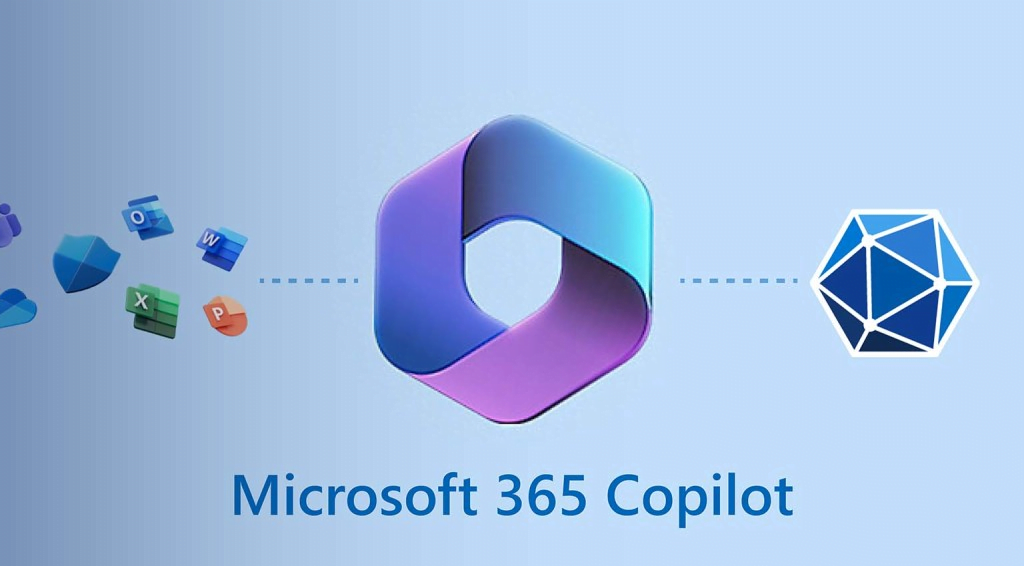
Training Your Team for Maximum Adoption
The successful deployment and utilization of Microsoft Copilot within your organization are contingent upon the preparedness and proficiency of your team members. To ensure maximum adoption of the platform, I would recommend using the following steps:
Cultivating an environment where your staff is well-versed in the functionalities and capabilities of Microsoft Copilot is critical to achieving maximum adoption and ensuring that the tool is leveraged to its full potential. Commence this process by developing a comprehensive training curriculum tailored to the diverse roles within your organization.
This curriculum should encompass a wide range of learning modalities, including interactive workshops, webinars, and self-paced e-learning modules. Each training module should aim to demystify AI technologies, elucidate the operational benefits of Microsoft Copilot, and provide practical applications relevant to the participants’ specific job functions.
It is imperative to incorporate hands-on training sessions that simulate real-world scenarios. These sessions allow participants to engage directly with Microsoft Copilot, fostering familiarity with its interface and functionalities. By encouraging active participation, team members can gain confidence in their ability to navigate the platform, troubleshoot common issues, and optimize Copilot for their daily tasks.
Moreover, prioritize the establishment of a continuous learning culture by providing ongoing educational resources and support. Create an internal knowledge base, including FAQs, troubleshooting guides, and best practice documents, that employees can access on demand.
Additionally, consider appointing Copilot champions within each department. These individuals, having demonstrated adeptness with the platform, can serve as on-the-ground resources, offering guidance and mentorship to their peers.
Empowering your team through targeted training and continuous learning opportunities is not merely an investment in skill development; it is a strategic initiative that enhances operational efficiency, fosters innovation, and solidifies your organization’s competitive edge in harnessing the transformative capabilities of Microsoft Copilot.
Training Your Team for Maximum Adoption
| Training Aspect | Details |
|---|---|
| Hands-On Training | Provide interactive workshops and real-world scenario simulations. |
| Continuous Learning | Create an internal knowledge base and appoint Copilot champions. |
Establishing Governance and Compliance Measures
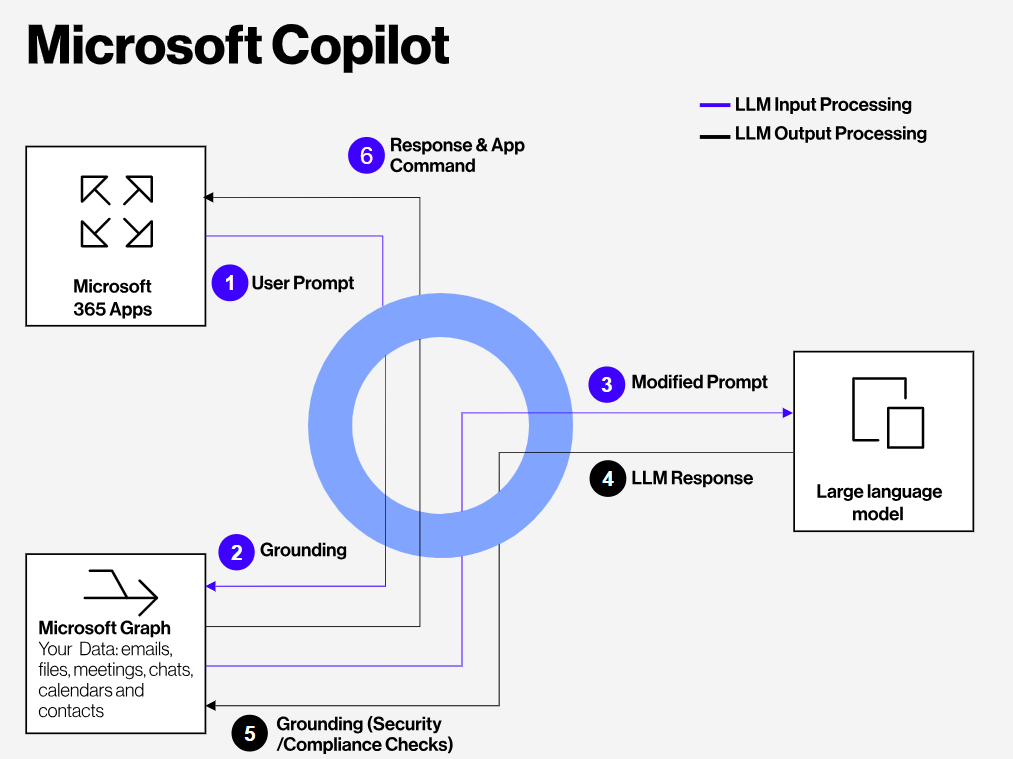
In the ambitious journey of incorporating Microsoft Copilot into your organization’s ecosystem, laying down a stringent framework for governance and compliance is not just critical—it’s indispensable. As we navigate through the intricacies of integrating advanced AI technologies like Copilot, it becomes paramount to erect a robust scaffold of policies, procedures, and controls.
These are essential not only for preserving the integrity and security of data but also for maintaining an ethical compass that guides Copilot’s application within your operations.
- Initiating this endeavor requires a meticulous assessment of the existing data governance framework to identify areas of vulnerability or non-compliance. This step is pivotal in ensuring that the deployment of Copilot aligns with stringent regulatory standards and industry best practices. It is essential to address the potential risks associated with data privacy, ensuring that the collection, storage, and processing of data through Copilot adheres to laws such as GDPR or CCPA, as applicable.
- Moreover, the ethical implications of deploying AI within your operations cannot be overstated. Establishing clear guidelines for the ethical use of Copilot is crucial to prevent unintended consequences, such as the propagation of bias or the infringement on customer privacy. This includes setting boundaries on the scope of Copilot’s decision-making capabilities and ensuring transparency in its operations, thereby fostering trust among your stakeholders.
- To this end, creating a cross-functional governance committee is advisable. This body would be charged with the continuous oversight of Copilot’s integration, addressing compliance issues proactively, and adapting policies as regulatory landscapes evolve. Their role is also to ensure that all personnel are informed of their responsibilities in upholding these standards, through regular training and updates on governance policies.
Governance is important…
Integrating Microsoft Copilot into your organization’s digital fabric offers transformative potential. However, without a solid foundation of governance and compliance measures, this potential is overshadowed by risk. Establishing these measures is not just a regulatory requirement; it is a strategic imperative that safeguards your organization’s reputation, operational integrity, and the trust of those you serve.
Establishing Governance and Compliance Measures
| Measure | Details |
|---|---|
| Data Privacy | Ensure compliance with data privacy laws like GDPR or CCPA. |
| Ethical AI Use | Set guidelines to prevent bias and ensure transparency. |
| Governance Committee | Create a committee for continuous oversight and policy adaptation. |
Monitoring and Evaluating Copilot’s Performance
To ensure that Microsoft Copilot’s integration yields the desired outcomes for your organization, a rigorous and ongoing evaluation of its performance is imperative. This process entails a dynamic analysis of how Copilot’s functionalities are aligning with and advancing your set strategic objectives.
Establish a system of continuous feedback loops and metrics analysis, leveraging advanced analytics tools and dashboards designed to offer a granular view of Copilot’s operational impact.
This monitoring should focus on a variety of performance indicators that resonate with your previously established KPIs. Such indicators might include improvements in operational efficiency, customer satisfaction levels, employee productivity, and financial metrics, among others.
The ability to drill down into these metrics, understanding not only the “what” but the “why” behind Copilot’s performance, is crucial. It enables your organization to identify areas of success as well as opportunities for further optimization.
Engage in regular review sessions with key stakeholders across the organization to discuss Copilot’s performance data. These sessions are opportunities to share insights, align on interpretations of the data, and make informed decisions on potential adjustments or enhancements to Copilot’s configuration and deployment strategy.
This collaborative review process ensures that Copilot’s integration remains a dynamic element of your organization’s digital strategy, responsive to both the evolving landscape of AI technology and your organization’s shifting priorities.
Importantly, monitoring Copilot’s performance is not a static task but an evolutionary one, demanding adaptability and a willingness to iterate. As your organization and its objectives evolve, so too should the metrics by which you evaluate Copilot. This ongoing commitment to evaluation and optimization is critical to fully leveraging Microsoft Copilot as a catalyst for transformation and growth within your organization.
Monitoring and Evaluating Copilot’s Performance
| Activity | Details |
|---|---|
| Performance Indicators | Focus on KPIs such as operational efficiency, customer satisfaction, and employee productivity. |
| Collaborative Review | Conduct regular review sessions with stakeholders to discuss performance data. |
Scaling Copilot Across the Organization
Achieving initial success with Microsoft Copilot in a targeted pilot project marks a pivotal milestone in an organization’s digital transformation journey. This achievement sets the stage for a strategic expansion of Copilot’s utilization, broadening its integration across various departments and business functions. The process of scaling Copilot requires a meticulously orchestrated approach, ensuring that the expansion aligns with both the organizational capabilities and the strategic vision.
A critical step in scaling Copilot across the organization is the identification of areas beyond the pilot project where its AI-driven solutions can address existing challenges or unlock new opportunities. Departments that can benefit from enhanced data analytics, improved decision-making processes, or automation of routine tasks should be prioritized.
Collaborative sessions with department heads and key stakeholders are invaluable for identifying these opportunities, facilitating a shared vision for Copilot’s role in achieving department-specific and organizational-wide goals.
Cultivation of a supportive ecosystem
Equally important is the cultivation of a supportive ecosystem that encourages the adoption and integration of Copilot across different teams. This involves not only ensuring that the necessary technological infrastructure is in place but also fostering an organizational culture that is receptive to change and innovation.
Encouraging open dialogue about Copilot’s benefits, addressing potential resistance, and celebrating early successes can galvanize support and enthusiasm for its wider deployment.
Additionally, developing bespoke training programs tailored to the specific needs of various departments ensures that all team members are equipped to leverage Copilot effectively. These training initiatives should be designed to build on the foundational knowledge established in the initial pilot phase, expanding on the specific applications and benefits of Copilot relevant to each department’s functions and objectives.
By adopting a strategic, collaborative, and supportive approach to scaling, organizations can extend the transformative benefits of Microsoft Copilot across the entire operational spectrum, driving efficiency, innovation, and growth on a larger scale.
Scaling Copilot Across the Organization
| Step | Details |
|---|---|
| Identify Opportunities | Target departments that can benefit from Copilot’s AI-driven solutions. |
| Supportive Ecosystem | Ensure necessary infrastructure and foster a culture receptive to change. |
| Tailored Training | Develop department-specific training programs. |
Preparing for Future Innovations with Copilot
Navigating the ever-evolving landscape of AI and digital transformation requires a proactive stance, particularly when it comes to leveraging Microsoft Copilot’s dynamic capabilities. As organizations look to future-proof their operations and maintain a competitive edge, it becomes imperative to stay informed about the latest developments and enhancements in Copilot technology.
Engaging actively with Microsoft’s update channels, participating in Copilot user communities, and attending relevant webinars or conferences are strategic moves to anticipate and embrace future innovations.
A commitment to ongoing education and flexibility in strategy allows businesses to quickly integrate new features and methodologies, ensuring that Copilot’s potential is maximized. It’s also advisable to establish a dedicated task force within your organization, focused on exploring and testing emerging functionalities within Copilot. This team can lead the charge in identifying how new tools and updates can be applied to solve existing challenges or optimize current processes.
Furthermore, fostering a culture that encourages experimentation and innovation is crucial. This ensures that your team not only adapts to but also anticipates changes, positioning your organization at the forefront of digital excellence. By maintaining this forward-thinking approach, businesses can unlock new avenues for growth and productivity, keeping pace with the rapid advancements in AI and ensuring that Copilot continues to be a cornerstone of their digital strategy.
Preparing for Future Innovations with Copilot
| Strategy | Details |
|---|---|
| Continuous Learning | Engage with Microsoft’s update channels and Copilot user communities. |
| Proactive Task Force | Establish a team to explore and test emerging functionalities. |
| Culture of Innovation | Encourage experimentation and maintain a forward-thinking approach. |
So finally, How to get started with Microsoft Copilot? Here is your Summary
Summary: How to Get Started with Microsoft Copilot in 10 Steps
| Step | Details |
|---|---|
| 1. Introduction | Microsoft Copilot leverages AI to revolutionize business operations, decision-making, and growth. |
| 2. Understanding Capabilities | Key features include predictive analytics, natural language processing, and machine learning, transforming data into actionable intelligence. |
| 3. Assess Readiness | Evaluate technological infrastructure, data quality, organizational culture, and skill sets to ensure readiness for Copilot integration. |
| 4. Set Clear Objectives | Establish well-defined objectives and SMART KPIs aligned with strategic ambitions to guide the integration process. |
| 5. Choose the Right Partner | Select an implementation partner with AI expertise, a proven track record, and a good cultural fit to ensure a smooth integration process. |
| 6. Develop a Phased Plan | Implement a methodical, phased approach starting with a pilot project to demonstrate impact and gather feedback for optimization. |
| 7. Train Your Team | Provide comprehensive, hands-on training and continuous learning resources to ensure team proficiency and confidence in using Copilot. |
| 8. Establish Governance | Implement a robust governance and compliance framework to maintain data integrity, security, and ethical use of AI. |
| 9. Monitor Performance | Continuously evaluate Copilot’s performance using established KPIs and conduct regular review sessions to ensure alignment with strategic goals. |
| 10. Scale and Innovate | Expand Copilot’s integration across departments strategically, foster a culture of innovation, and stay updated on new features to maintain a competitive edge. |
If you liked this article, please share it and subscribe to my website. For consulting work, please visit my website, Shift Gear and I would be glad to help you in your requirement.
Check this also –10 Use Cases for Microsoft Copilot: Transforming Your Business – Information Technology Trends & Current News | Shift GearX
You will also love this – Remaker.ai: A Detailed Review of the Latest AI Technology – Information Technology Trends & Current News | Shift GearX



